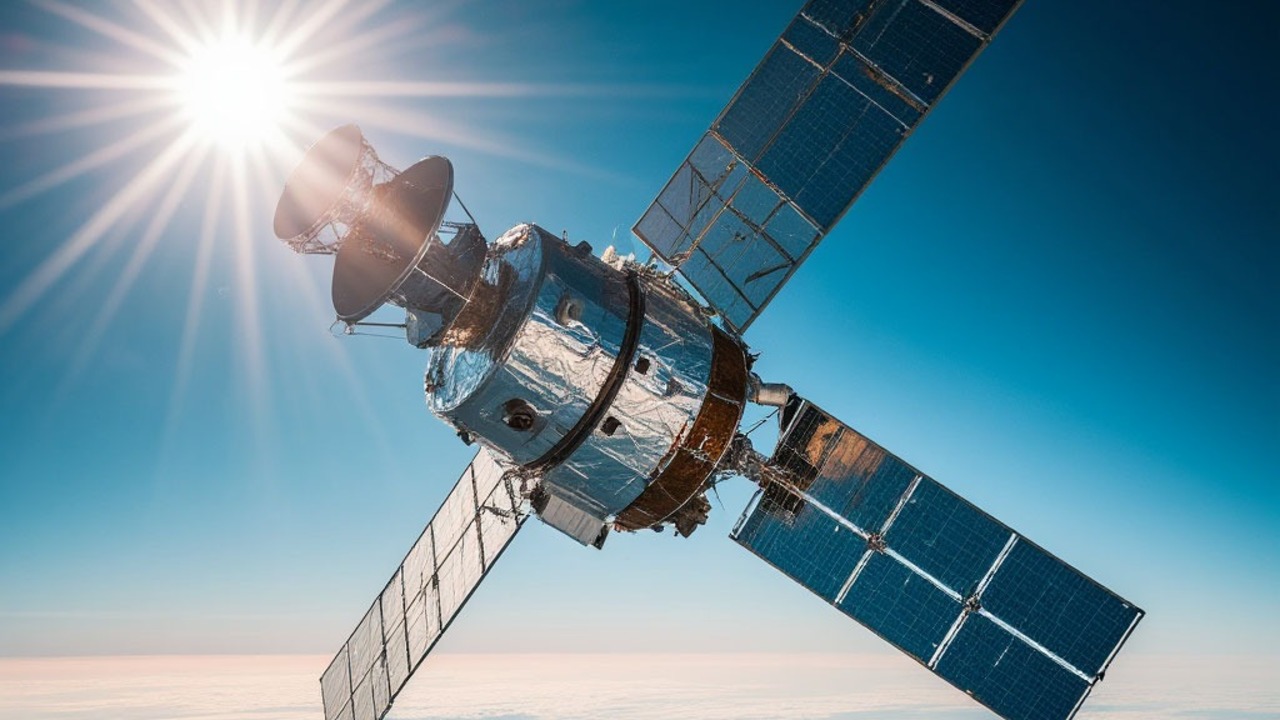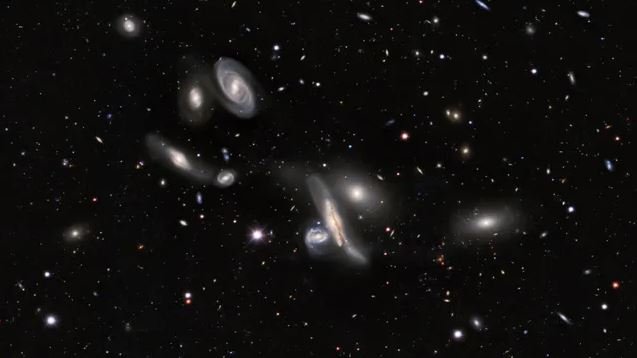According to the standard model of cosmology, scientists have done calculations to estimate that the universe is approximately 13.8 billion years old; The calculation was made from the beginning of the Big Bang. But, A newly published study offers new measurements that contradict Standard Model results and suggests that our universe may be younger than we thought.
Currently, astronomers can estimate the age of the universe through measurements of the cosmic microwave background radiation (CMB), which is based on the concept of energy and dark matter in the standard model of cosmology.
But new study shows that New measurements of galaxy pairs contradict old results on the age of the universe; Researchers point out that perhaps the universe is a little younger.
Based on data collected by Sloan Digital Sky Survey (SDSS), Research claims universe may be younger than 13.8 billion years suggested. In all, The survey carried out observations in 813 galaxy groups located approximately 600 million light-years from Earth; The study focused on the largest galaxy in each of these groups.
“In the SDSS data, we found satellite galaxies accumulating/falling into large groups with a stronger continuous merger signal compared to simulations with Planck parameters. This suggests that the Universe is younger than suggested by Planck’s CMB observations. Unfortunately, this study does not provide a quantitative estimate of the age of the Universe.” it can’t predict,” said astronomer Guo Qi of the National Astronomical Observatory of the Chinese Academy of Sciences.
Young Universe
By analyzing the data, astronomers discovered that the number of satellite galaxies orbiting in opposite directions around larger galaxies is higher than it should be according to the standard model.
If the information in the new study is correct, This means that something isn’t right with the way science determines the age of the universe, and that the universe is younger than we thought.
According to science, the expansion rate of the universe is measured using the Hubble constant; Currently, scientists say it is set at 67.8 kilometers per second per megaparsec; One megaparsec is equal to 3.26 million light years.
Thus, it is possible to measure that the universe is approximately 13.8 billion years old. The Hubble voltage shows that the true value of the constant is 72.2 kilometers per second per megaparsec, which is 12.6 billion years. This is a paradox that scientists have known for a long time..
“Detecting correlations between galaxy speed, satellites, and voltage with theoretical predictions is robust to changes in sample selection. Using the largest sample to date, our findings show that the motions of satellite galaxies challenge the current cosmological model,” the study explains.
Did you like the content? Always keep up to date with the latest studies on the universe at TecMundo and take a look at the largest simulation ever built that could reveal the origin of the universe.
Source: Tec Mundo
I’m Blaine Morgan, an experienced journalist and writer with over 8 years of experience in the tech industry. My expertise lies in writing about technology news and trends, covering everything from cutting-edge gadgets to emerging software developments. I’ve written for several leading publications including Gadget Onus where I am an author.













